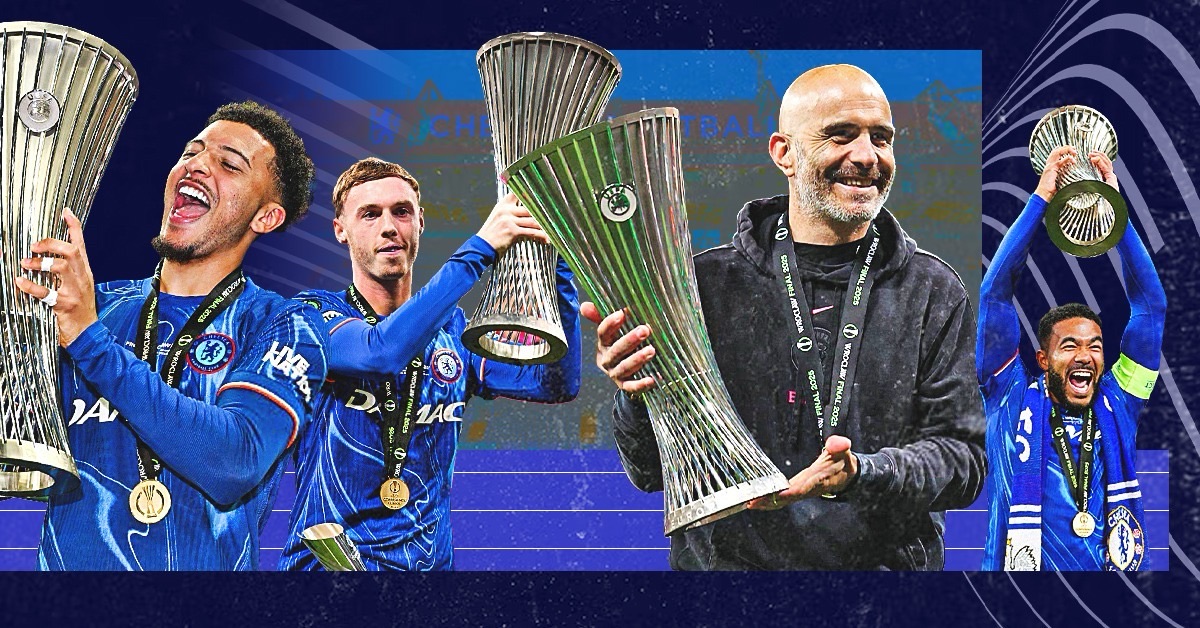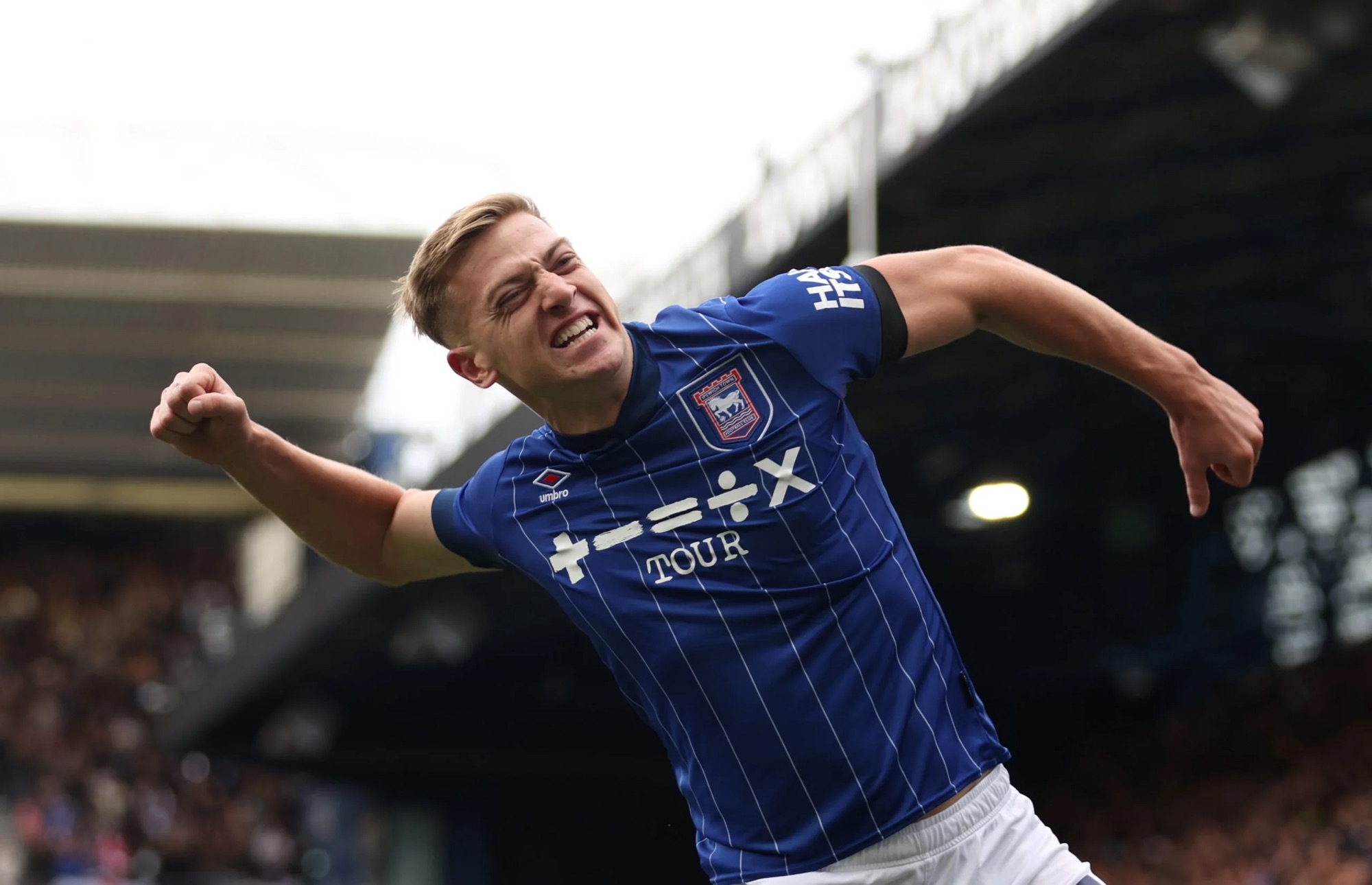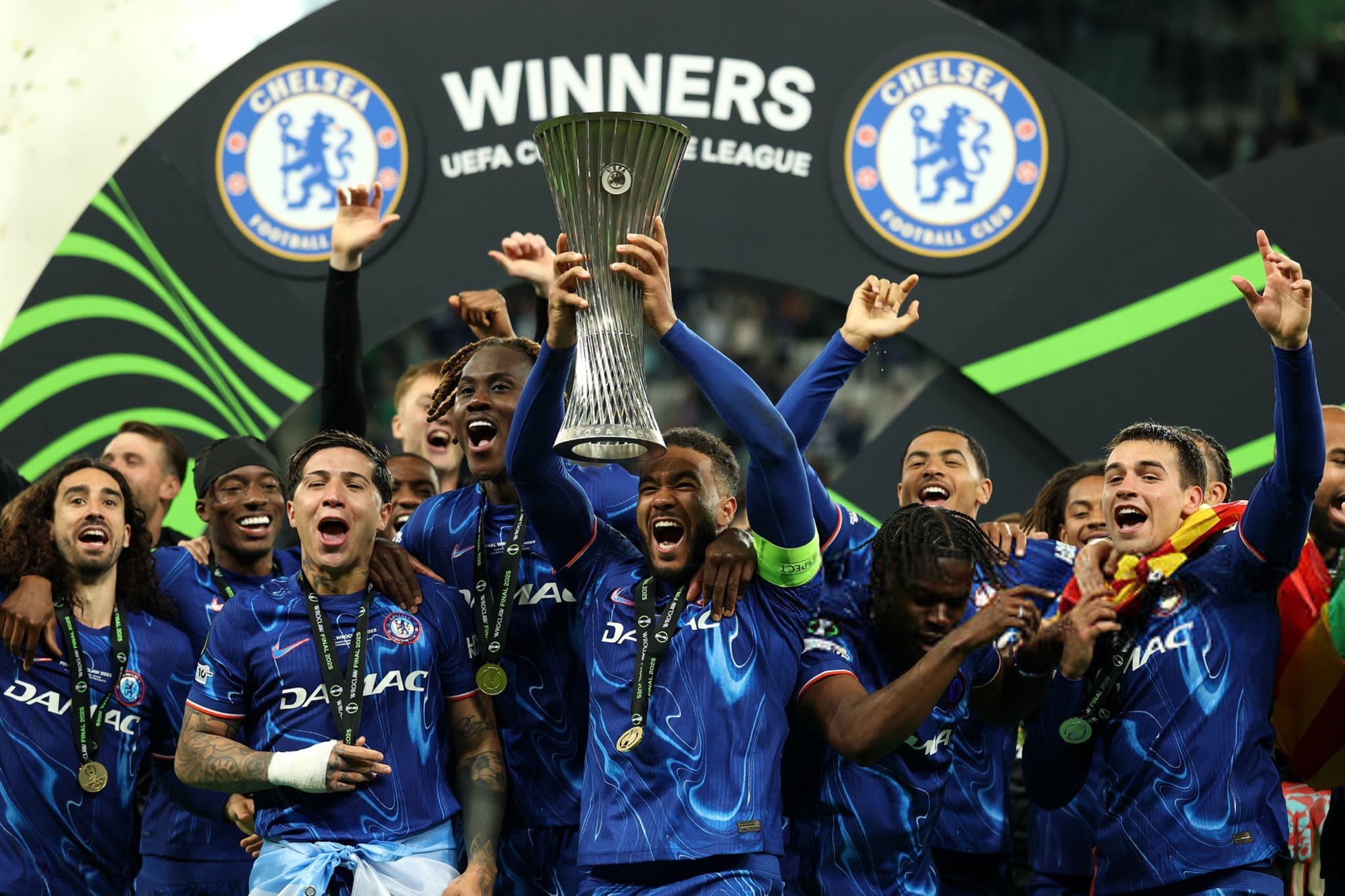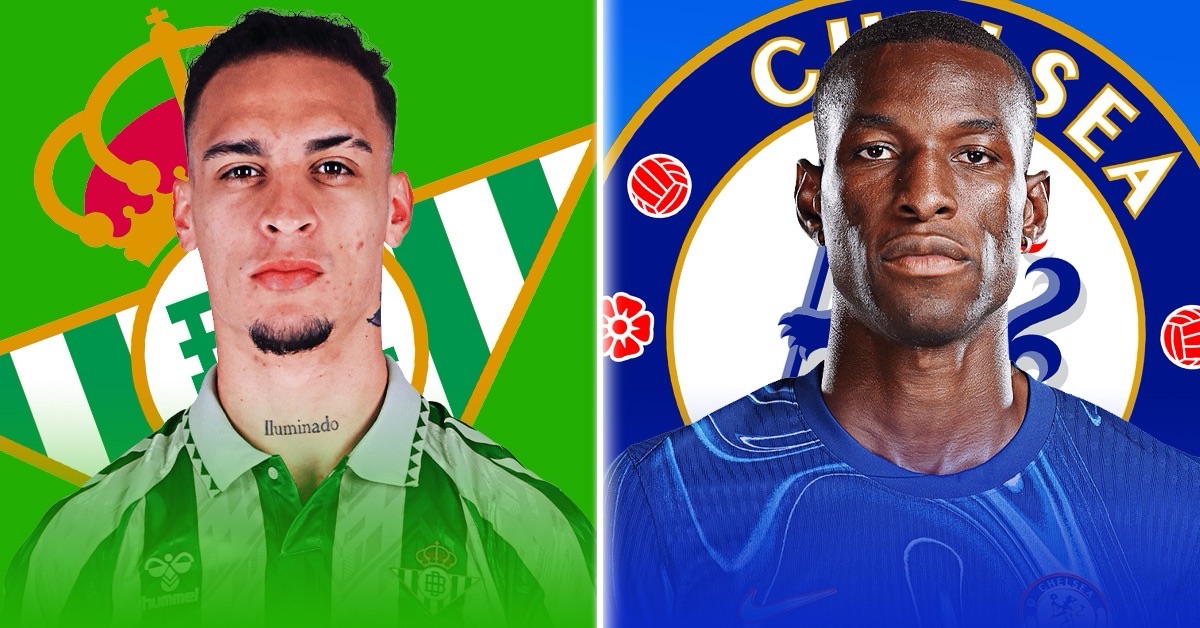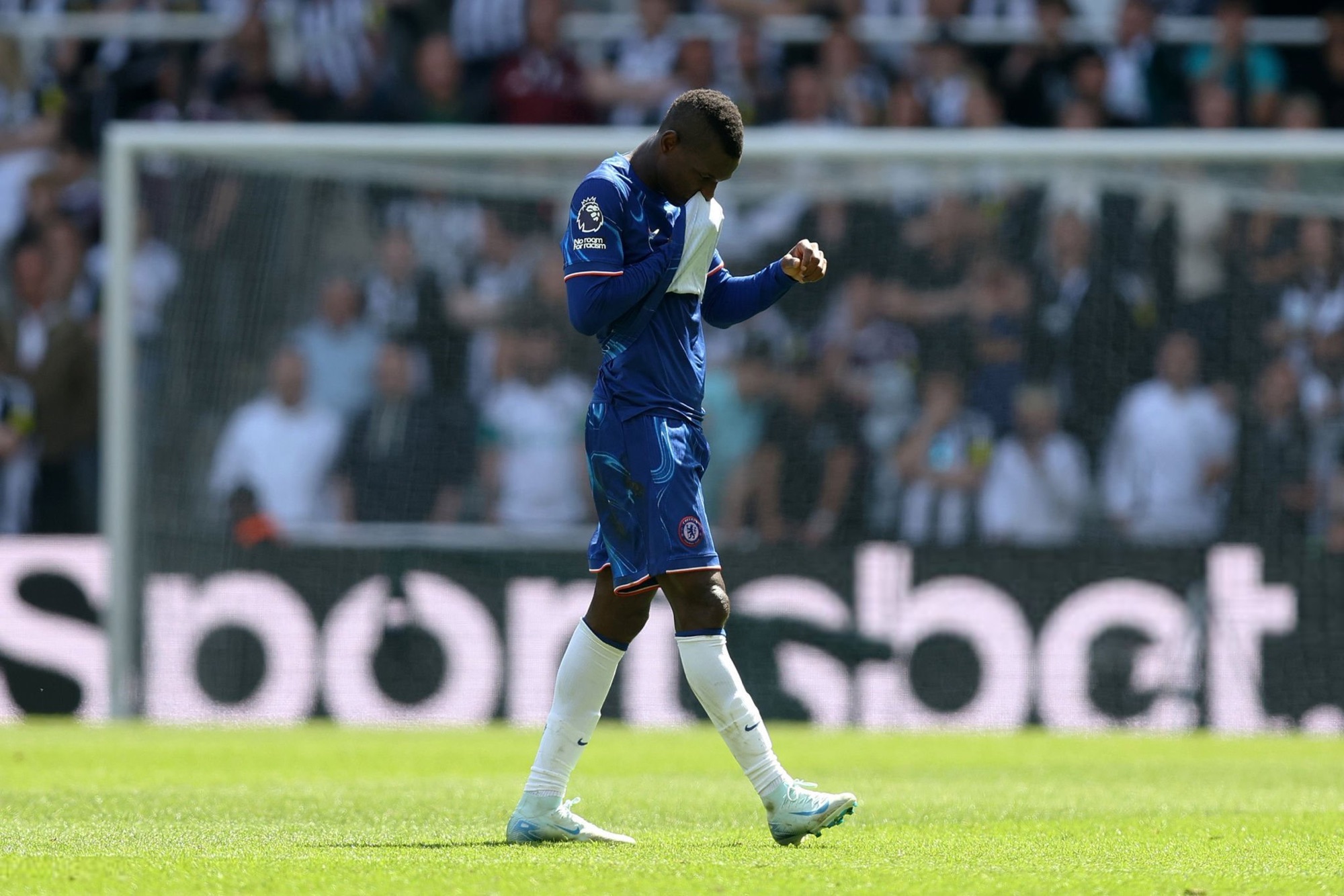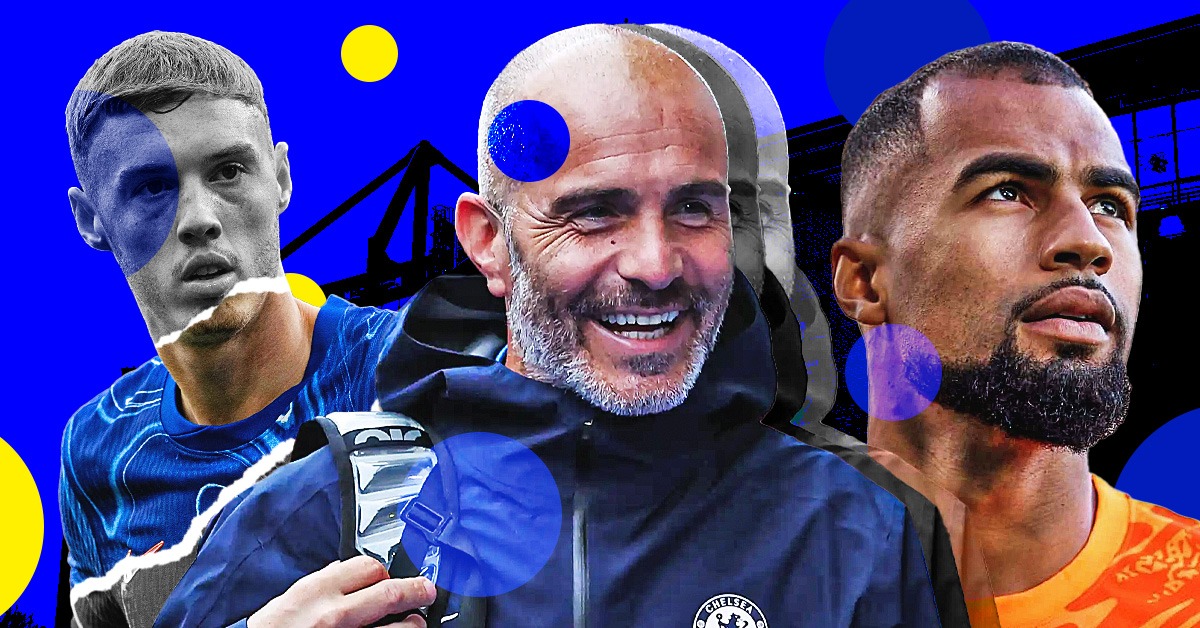Controversies and conflicts overshadowed Mourinho’s time in Milan and Madrid. The El Clasicos reached a new level of rivalry with the Special One on the sideline and his ability to hype something that is already called the biggest derby in the world, due to political differences of Spain and Catalonia, and because of the success these clubs had in past and present. The Special One, of course, had plenty of success after leaving England, most remarkable his treble with Inter in 2010.
This is part two of Jose Mourinho – The Special Career, for part two: http://chelseafc360.com/2013/07/15/jose-mourinho-the-special-career-ii/
Part one: http://chelseafc360.com/2013/07/09/jose-mourinho-the-special-career-i/
Inter, the treble
2008-09
Mourinho held his first press conference at Inter solely in Italian. As at Chelsea, Mourinho appointed a former player of Inter to be his assistant, Giuseppe Baresi.
“I studied Italian five hours a day for many months to ensure I could communicate with the players, media and fans. Claudio Ranieri had been in England for five years and still struggled to say ‘good morning’ and ‘good afternoon.’”
The Special One said at his first press conference that “I only need to buy 2-3 new players to impose my philosophy of football”, and so he did. The transfers of Mutari, Mancini and Quaresma should have made the 4-3-3 possible at Inter, the formation he used at Chelsea. However, the two new wingers, Mancini and Quaresma both flopped so that Mourinho had to change the 4-3-3 to a 4-4-2 diamond (respectively a 4-3-1-2), a formation, which he used at Porto too.
Mourinho’s first year at Inter wasn’t as successful as many expected it to be. The Serie A was won with a ten points lead, but the performances in the Champions League were decent. Inter advanced to the knock-out stage as the second in the group behind Panathinaikos. Mourinho’s Inter was eliminated in the round of sixteen, against Manchester United (0-2 on aggregate).
Ibrahimovic was the main striker who had a lot of freedom and space to do what he does best, score goals and create the unexpected. The young Balotelli played beside the Swede with a slight withdrawn and wide position. Zanetti (right-mid) and Maicon (right-back), two attacking-minded players, supported Balotelli on the right, while Stankovic worked well as the playmaker in the middle. Cambiasso in the defensive midfielder in front of Chivu and Cordoba in the central defence formed a strong and solid back. Davide Santon (left-back), another young player beside Balotelli who Mourinho used regularly, and newcomer Muntari (left-mid) occupied the left flank.
2009-10
The squad changed a lot after a decent, but not great season ahead of 2009-10, which proved to be the most successful one in Mourinho’s career. Thiago Motta and Diego Milito, joined from Genoa; Wesley Sneijder, who was voted 4th at the Ballon d’Or in 2010, was ‘stolen’ from Real Madrid for only €15m. Lucio and Pandev, bought in the winter transfer window, were also two important additions to the team.
Barcelona went deep in their pockets to get Ibrahimovic from Inter, and the transfer ended in a famous swap deal. Mourinho managed to get a player he already wanted at Chelsea, Samuel Eto’o, and another reported £35m for the Swede.
Inter lost the Italian SuperCup and drew the first game of the Serie A against newly promoted Bari, which followed by a 4-0 win over AC Milan in the derby that put Inter in form. Inter won the Serie A (for the 5th consecutive time) by 2 points over Roma, which Inter also defeated in the Italian Cup (1-0).
Mourinho’s second Champions League triumph was as his first win with Porto unexpected. The Special One met his former club, Chelsea, in the round of last sixteen. Inter won both legs (2-1 and 1-0) and advanced to the quarterfinal, where Inter won both legs again against CSKA Moscow (2-0 on aggregate). Mourinho’s personal rival, FC Barcelona, stood in his way again, this time with Inter. Inter impressively defeated Barca in the first leg with 3-1, while the second game ended in a defensive battle for Inter, which he lost 0-1, but they nevertheless advanced to the final with 3-2 on aggregate. His ‘park the bus’ tactic and closing down the middle worked perfectly even without Thiago Motta, who was sent off in the 28th minute in the second leg.
“It is clear that I will end my career without having coached Barça.”
The final in Madrid against Bayern München and his former mentor in Barcelona, Louis Van Gaal, was another highlight in the Special One’s career. Inter won by 2-0, Milito scored both of them, and became the first Italian club to complete the treble. Mourinho claimed that it has been the last game of him with Inter after winning the Champions League. A few days after he confirmed his departure from Inter, pictures of Mourinho hugging Materazzi went over the world, what showed what special relationship he has with his players.

Mourinho continued his 4-3-1-2 from the previous season, but he changed the formation to a 4-2-1-3 by the arrival of left winger Pandev. Milito overtook Ibrahimovic’s role as main striker, Eto’o played beside him and later on the wings in the 4-2-1-3. Sneijder, the key playmaker in the middle, is freed from defensive work with Zanetti and Cambiasso as holding midfielders behind him.
Real Madrid, success and controversy
2010-11
Mourinho left Inter for Real Madrid, where he replaced Manuel Pellegrini. As he did at his previous clubs, Mourinho appointed a former player of the club as his assistant, this time, Aitor Karanka. After a huge spending spree by Real’s president Perez in 09/10 (including the buys of Ronaldo, Kaka, Alonso and Benzema), Mourinho went for cheaper and younger players. He brought Özil, Khedira, Di Maria and one of his personal favourites, Carvalho, to Madrid.
Under the Special One, Real Madrid led the Spanish league until the 12th matchday before he met archrival FC Barcelona in his first El Clasico, which he lost 0-5 in the Camp Nou. After the defeat in the classic battle, he was critized by both media and his own club. However, despite this historical defeat, Real Madrid recovered well and they were always a threat for Barcelona in the league. They ended the league on the second place with 92 points, 4 points behind Barcelona.
In the Champions League, Real Madrid reached the semi-final the second time since they’ve won it in 2002, where they met FC Barcelona again after Real Madrid won the Copa del Rey (1-0) a week before, against Barca. The two games in the Champions League ended 1-3 on aggregate in Barca’s favour, but protests against the ‘actors’ of Barcelona, the referee and UEFA made him unpopular by the Spanish media and fans.
“I am Jose Mourinho and I don’t change. I arrive with all my qualities and my defects.”
2011-12
Real Madrid continued to buy young players with high potential, Callejon, Varane, Sahin and Coentrao joined for nearly €60m.
A decent start into the Spanish League, with a surprising defeat against Levante, was continued and ended nearly perfect. The team ended on exact 100 points (overall record: 32-4-2), scored a record 121 goals (more than 3 goals per game) and won 16 of 19 away games, which is also a record. The key match Real Madrid won to extend their lead to 7 points with 4 games remaining was at the Camp Nou, against archrival FC Barcelona. This was the first El Clasico in the Spanish League Real Madrid won since 2008.
Mourinho took Real Madrid to the semifinal the second consecutive year, but they’ve lost on penalties against Bayern, who went on to lose the final against, you know it, Chelsea in Munich.
“If I am hated at Barcelona, it is their problem but not mine. Fear is not a word in my football dictionary.”
2012-13
Luka Modric and Michael Essien, on loan, were the only two additions to the squad ahead of 2012-13. Mourinho also brought back former Real Madrid player Diego Lopez from Sevilla in the winter transfer window.
The incredible win of the Spanish League didn’t make Mourinho a hero in Madrid. What followed was a disaster for the Special One, not necessary only because of the results, but for his image. The Spanish media profited from Mourinho’s personality and they had enough (bad) things to write about Mourinho, every day. The conflicts with the media, referees, with Barcelona (including a poke into Vilanova’s eye) and his own players overshadowed his success from the previous season.
Real Madrid couldn’t find the form from a brilliant season for a long time, but they nevertheless managed to finish second in the second league. In the Champions League, Real Madrid reached the semifinal for the third consecutive time. However, the 1-4 defeat in Dortmund and the following out in the Champions League didn’t help Mourinho to save his job, and the loss against local rivals Athletico Madrid in the Copa del Rey final sealed his fate at Real Madrid.
The last season at Real Madrid was, as mentioned, a disaster. Mourinho lost the dressing room, the control and the relationship between him and the key players. He dropped both Iker Casillas and Sergio Ramos from the team, two very influential and popular players, which also angered the more traditional Real Madrid fans. Ramos could regain his first team place, but Casillas wasn’t used for the second half of the season, which was critized heavily in the media, while the winter signing, Diego Lopez impressed.

Mourinho used a very offensive and modern 4-2-3-1 at Real Madrid. The left-attacking side was the key part of Real Madrid’s high number of goals with Ronaldo, the phenomenon, and a very attacking minded left-back, Marcelo (or Coentrao). Ronaldo is known for his trait to cut-inside from the left and shot with his strong right foot, from every spot and distance. However, he is also known for player who doesn’t work a lot in the defence, by no meaning that he’s weak at tackling. Ronaldo staying up front automatically pushes the back four of the opponent to a deeper position. The big downside of Ronaldo not working back is that Real Madrid can’t play a collective pressing (zonalmarking as Barcelona or Dortmund), where two, or even three players close the space and minimise options for the player to pass. At Real Madrid, it is very often that only one player tackles (man-to-man), or make a foul; an individual pressing.
The ‘victim’ of Ronaldo’s low workrate in the defence is Di Maria, the player on the right flank. The right-midfielder has to track back very often to compensate Ronaldo’s absence in the defence. Other than Ronaldo, Di Maria rather picks out other players than to shoot.
With two wingers who love to cut inside, Özil is the man with the brilliant eye who can fill the gap on wings. He controls the game in the offence, makes very intelligent runs and became the perfect player for the assists under Mourinho.
The primary function of the striker of Real Madrid, whether it’s Higuain or Benzema, is to open the space for Ronaldo in the middle, a reason why Ronaldo is the top-scorer by far, and not the strikers. As Özil, the striker also move to the wings depended where Di Maria and especially where Ronaldo is. The four attacking players (Ronaldo, Özil, Di Maria and Benzema or Higuain) are very flexible and often change positions, a big strength of the attacking 4 of Real Madrid.
Khedira, a box-to-box player who tracks forward a lot, and Xabi Alonso, a deep lying playmaker with a brilliant vision and good tackling, form the ‘heart’ of the team in the defensive midfield. The combination of a vertical box-to-box player and a playmaker from the deep is common at numerous clubs nowadays (how brilliant would MVG and De Rossi link up). Alonso, who controls and dictate the game from the deep, decides whether to play a long or a short ball and on the wings or through the middle.
Mourinho has two very attacking-minded left-backs, Marcelo and Coentrao, who need to track back if the team loses the ball because of Ronaldo’s passivity in the defence. The left-back supports Ronaldo in the offence, and as Ronaldo loves to cut-inside, Marcelo, respectively Coentrao, mostly go down the wings to make the game wider and to open spaces for the Portuguese.
At right-back, Mourinho has three very flexible and different players with Arbeloa, the traditional right-back who tracks a lot forward and backward, Ramos, a centre-defender who can provide more stability and Essien, who can build-up a game.
Varane was probably the ‘discovery’ of the season and got his place in the first team of Real Madrid, not only because he’s a solid defender, but he also can play the long and vertical passes to the front if Alonso is marked well, which is very important nowadays. Pepe and Ramos both had conflicts with Mourinho this season so that Varane could get his game time, especially in the Champions League, where he featured in 11 of 12 games.
The clearly distributed roles in midfield may be a reason why Modric needed so long to integrate himself to Real Madrid’s game. Alonso’s importance and place in the team is undisputed, Khedira is a box-to-box, hard-working and dynamic midfielder, what Modric isn’t, and Özil basically the brilliant mind in Real Madrid’s game.
The basic principles of a typical ‘Mourinho team’ existed at Real Madrid too, and that’s the fast and direct play from winning the ball in the own half and to shoot and convert as quickly as possible. Alonso is, as mentioned, the heart of this play; he can win the ball by himself and Ronaldo, who is often staying up front, can easily convert a long ball by Alonso with his speed and shot power.
Tactically, Real Madrid is quite similar to his previous teams he managed, but there’s a difference what clearly had cost him good results and in the end his job: the missing ‘us against the rest’ mentality Mourinho gave to his players. He was loved everywhere by his players, but at Real Madrid, the situation was different.
Return to Chelsea, the second coming
On the 3rd June, nine years and one day after his first appointment at Chelsea, it was official confirmed what have been in the news all the time: Mourinho is returning to Chelsea, for the second coming. Yet, Mourinho still has to prove what he has promised: bring in stability for several years, one of the few things Mourinho couldn’t show in his career. It’s going to be an exciting season, and I really hope for a successful new era at Chelsea, with Mourinho.
‘I’m the Happy One. If I have to chose a nickname for this periods, I chose the Happy One, because I’m very happy.’
Jonny (@jonny9fan)





